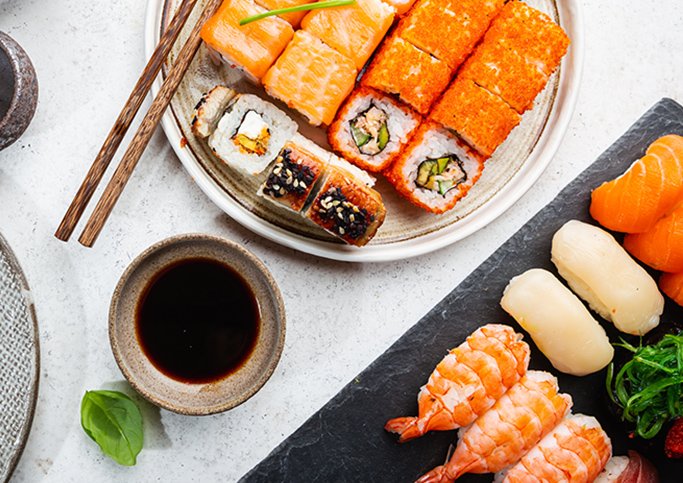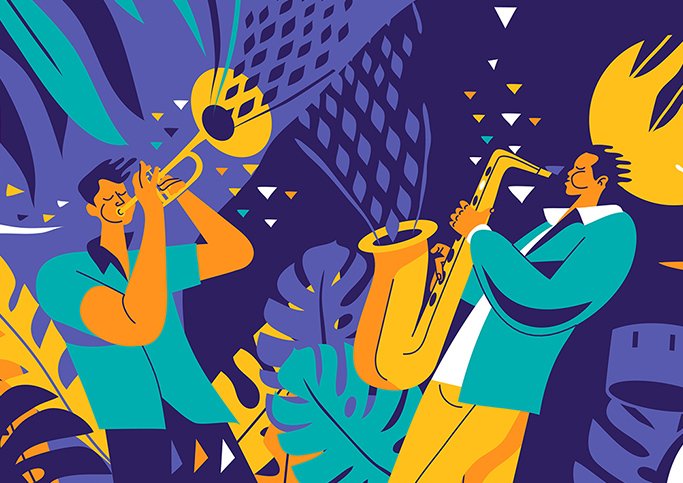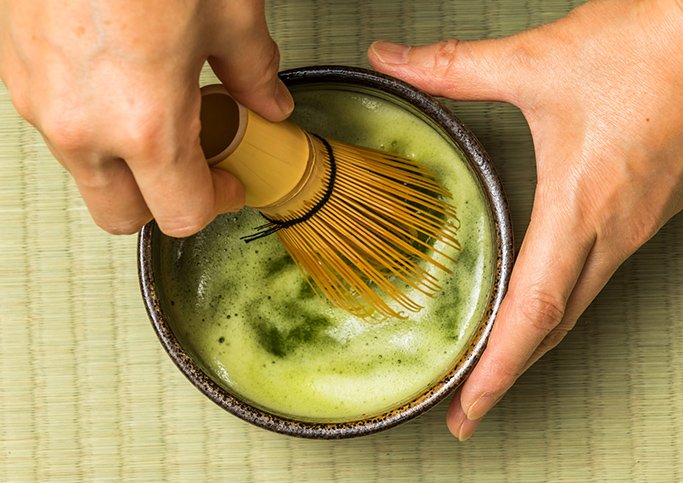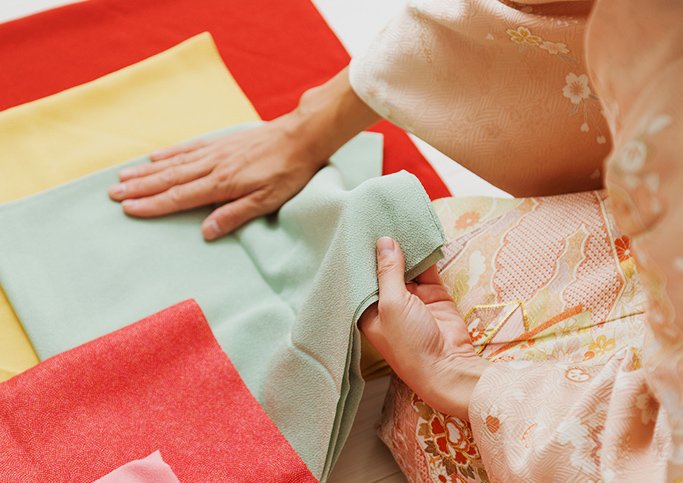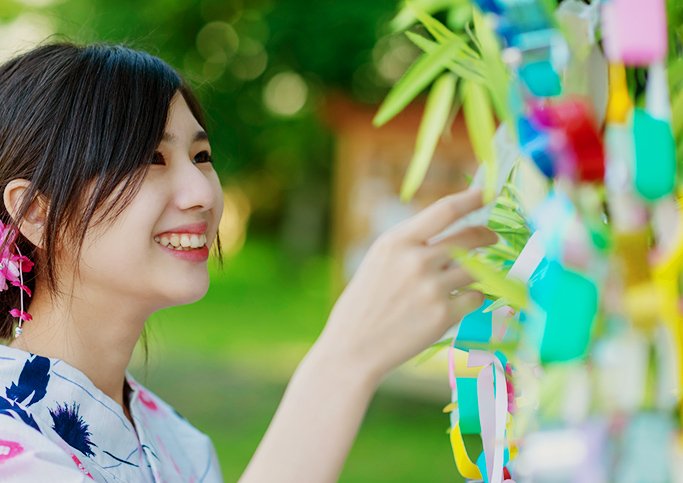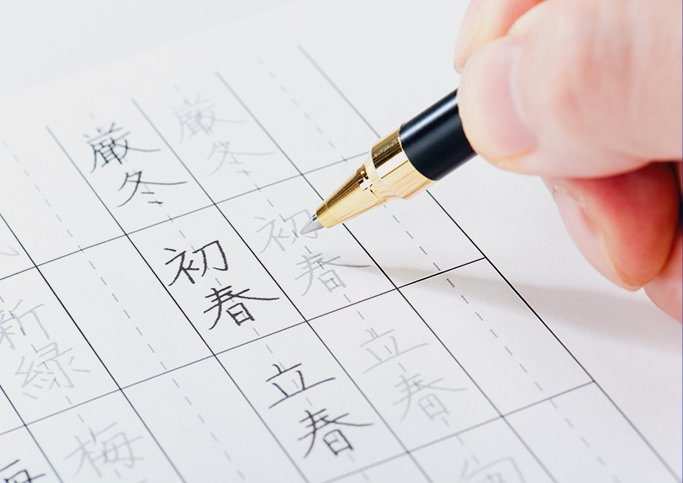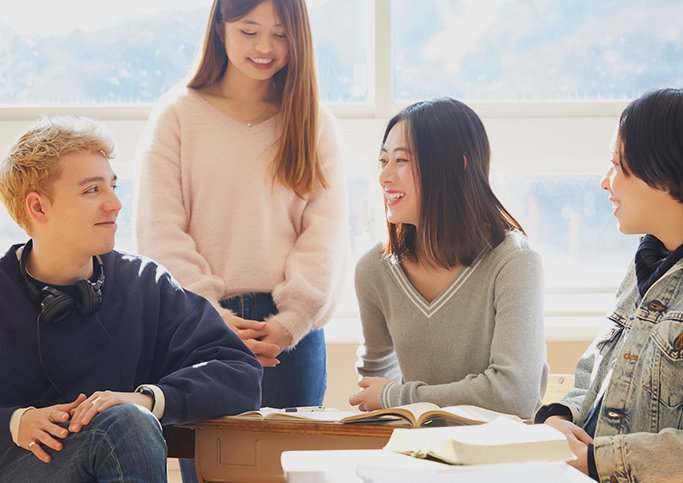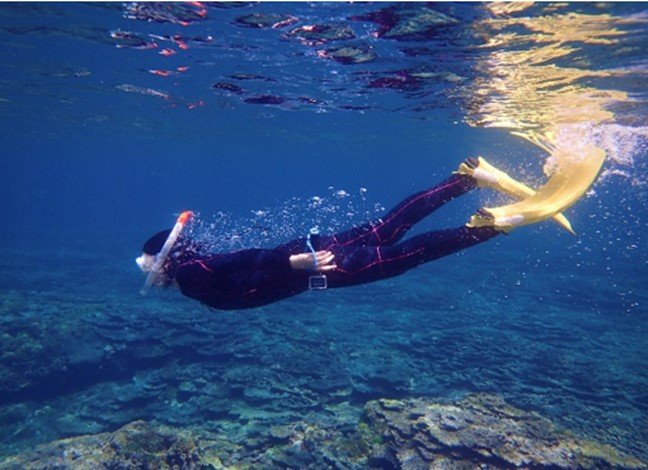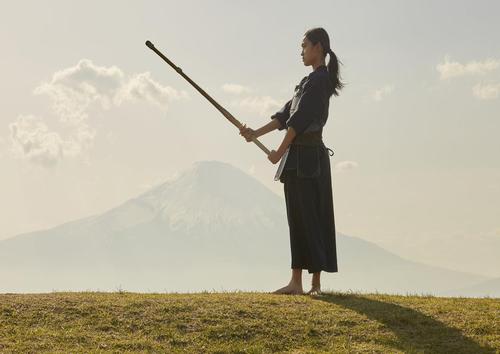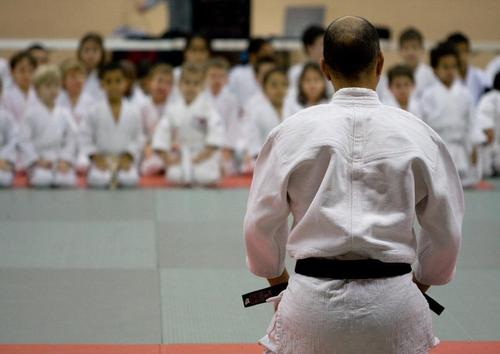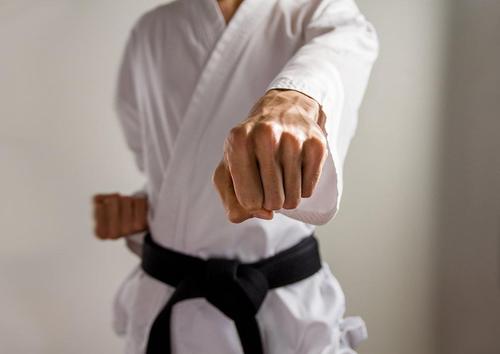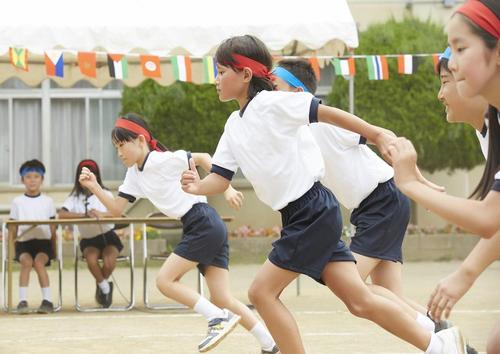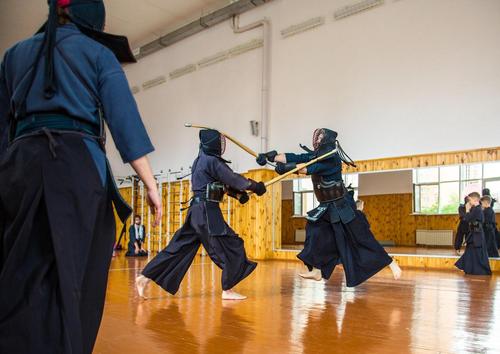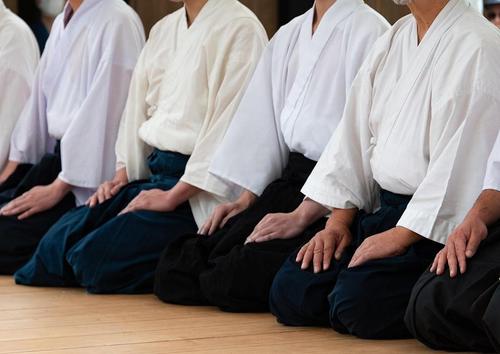
bow
How to sit in martial arts. It also explains how to sit upright to prevent numbness.
11/27/2020
A martial arts ritual is more than just a greeting before a match or practice. It is very important to acquire the correct ritual in martial arts, as it is said to start with ritual and end with ritual, and it is one of the points that sets it apart from other sports.
Here, we will explain the outline and precautions of "Seiza", which is rarely known to anyone other than those who have learned martial arts and Japanese rituals, the correct seiza method, and the tips for seiza. ..
What is "座礼(zarei)"?

First, I will explain what a "座礼(zarei)" is like, its outline and types.
What is a "座礼(zarei)"?
"座礼(zarei)" is a ritual performed while sitting. Not only people in the United States and Europe who do not have a culture of greeting while sitting, but also in modern Japan, there are many people who do not understand much about etiquette other than standing up.
You can learn zarei as a manner in tea ceremony and ritual, but if you are not familiar with martial arts such as judo and kendo, it is difficult to know the correct zarei manner. Even in martial arts, we sometimes perform rituals, and although there are small differences depending on the school and type of martial arts, we basically perform rituals to the opponents such as teachers and opponents of the match.
At this time, it is important not to understand that "just sit down and bow", but to do it with your heart as a way to show respect for the other person.
The meaning of bowing changes depending on the angle of the upper body
In standing rituals, the degree of respect varies depending on the angle of bowing, but the same is true in rituals. In general ceremonies, it can be divided into the following three types according to the angle at which the upper body is tilted from the sitting position.
・ Most salute
The most salute is the most polite method of sitting. Lower your face to about 5 cm from the floor.
・ Ordinary courtesy
This is a widely and commonly used method of ritual. Lower your face to about 30 cm from the floor.
・ Asari
Asahi is used for people passing by or when they need to move on to the next action in a very short time. Tilt your upper body with an angle of about 30 degrees to the floor as a guide.
It is reasonable to give polite salutes to teachers, respected people, superiors, etc., but the most salutes are used many times, and the most salutes and ordinary salutes are given every time a person passes by or makes a small movement. In some cases, if you deal with it with, it will give you an overkill image. As with "座礼(zarei)", it is important to use the appropriate method for the ritual, depending on the situation and relationship.
Methods and precautions for martial arts such as karate and judo
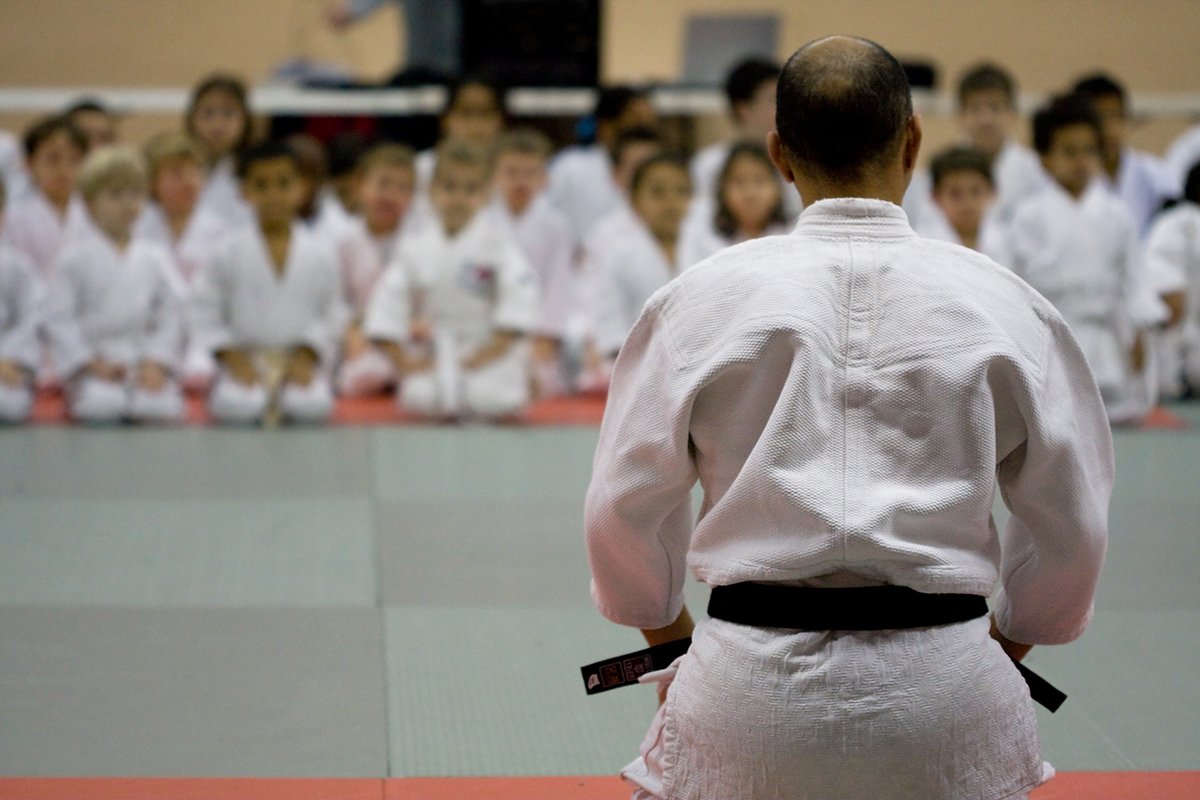
Now that you know the basics of "座礼(zarei)", I will explain the method of ritual in martial arts.
How to do before and after "座礼(zarei)"
Since "座礼(zarei)" is performed while sitting upright, it is necessary to know the manners before and after sitting upright. In any martial arts, when sitting upright, sit from your left foot. Also, when standing upright, on the contrary, it is basic to start standing from the right foot.
In addition, in the movement before and after "座礼(zarei)", a posture called "sitting" is taken before both knees touch the tatami mat or the floor. A seat is a condition in which your hips rest on your heels, rather than sitting down and sitting upright. Whether you are standing or sitting, you will move from the sitting position to the next action. At this time, it is also important to keep your hands on the floor and tatami mats.
The reason for sitting from the left foot when sitting upright is that the samurai used to put their swords on their left hips, so they always keep their posture to pull out the sword as much as possible. Keeping your hands on the floor also has a reason to prevent gaps, so it will be easier to remember if you understand the implications of the practice.
[If you read the article, may you know the meaning of this KARUTA? ]
Although there are some differences depending on the type and school of martial arts, the method of ritual ceremony is generally as follows.
First, keep your posture straight, straighten your back, place your hands in front of your knees, start moving from your left hand, and place your fingertips on the floor. When you touch it, move your fingertips inward so that it becomes the kanji "eight".
Next, lean your upper body toward the floor and take a bowing posture. At this time, start with your line of sight facing the other person, and be aware that your line of sight naturally points downward as you tilt your upper body toward the floor.
When the ritual is over and you raise your upper body, gently separate your right hand and put your hands back on your knees. At this time as well, let's move your eyes to the other person naturally as you return your upper body.
Tips for sitting upright to prevent numbness
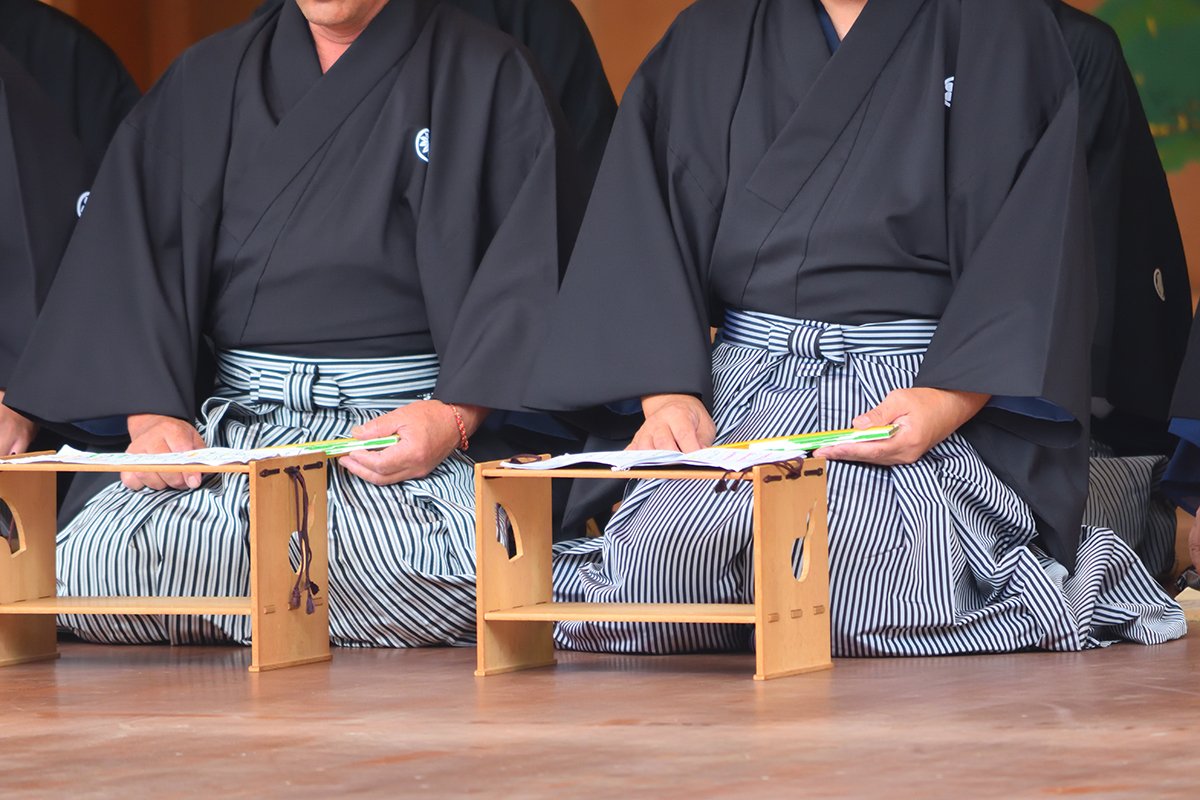
If you are not accustomed to the sitting posture that you take when you sit down, your legs tend to get numb. In order to prevent you from wobbling or getting stuck when you stand, we will also introduce some tips for sitting upright so that your legs do not get numb.
Move the center of gravity slightly forward
When sitting upright, try to move the center of gravity slightly forward rather than leaving it on the soles of your feet. When the center of gravity is closer to the front, the burden on the instep is reduced and the foot is less likely to become numb.
Put your big toes on top of each other
In the sitting position, you can also reduce the burden on the center of gravity by opening your heels and overlapping your big toes. At this time, stacking too deeply will cause numbness, so stack lightly. It's a good idea to practice in advance, as your legs may feel like they're hanging when you try to put your thumbs together.
[Do you care about Japan? Would you like to learn Japanese together? ]
Open the kneecap slightly
It's also a good idea to sit at intervals without sticking the kneecaps of both legs too much. For women, it sits upright with the kneecaps attached, but it is effective enough to just separate it a little without opening it too much (for men, it sits upright with the kneecaps separated, so it naturally opens).
Keeping the above points in mind, it is also important to increase the chances of sitting upright and get used to the sitting upright posture. By getting used to sitting upright, you will be able to get the hang of getting rid of numbness in your legs, and you will be able to sit for a long time.
Summary
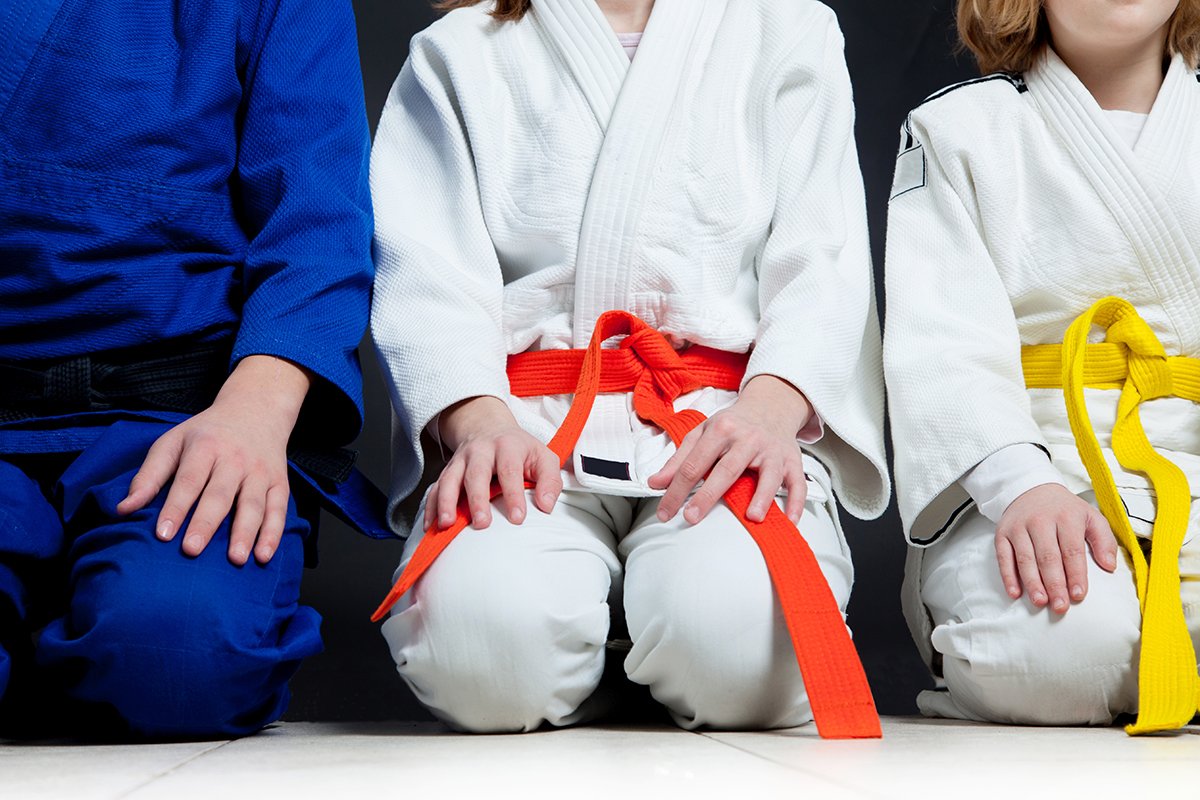 A ritual is a ritual performed while sitting on the floor or tatami mats, and is one of the manners that you should know in martial arts that values rituals because it expresses the spirit of Bushido and the etiquette of the other party. The manner of sitting is determined in detail, such as from standing to sitting upright, the angle of bowing, and how to return to the posture after the bow is over, and it depends on the martial arts school. Also, since you are sitting upright, it is important to sit so that your legs do not get numb.
A ritual is a ritual performed while sitting on the floor or tatami mats, and is one of the manners that you should know in martial arts that values rituals because it expresses the spirit of Bushido and the etiquette of the other party. The manner of sitting is determined in detail, such as from standing to sitting upright, the angle of bowing, and how to return to the posture after the bow is over, and it depends on the martial arts school. Also, since you are sitting upright, it is important to sit so that your legs do not get numb.
This article is a partial re-edit of the article published in Nihongo Biyori by KARUTA.
Unauthorized reproduction or use of the contents, text, images, illustrations, etc. of this site is strictly prohibited.
CATEGORIES
FEATURED TAGS
RECOMMENDATION
-
 報BUSINESS TERMS
報BUSINESS TERMSWhat is ”Ho-Ren-So”, one of the basic manners when working in Japan?
10/30/2020
-
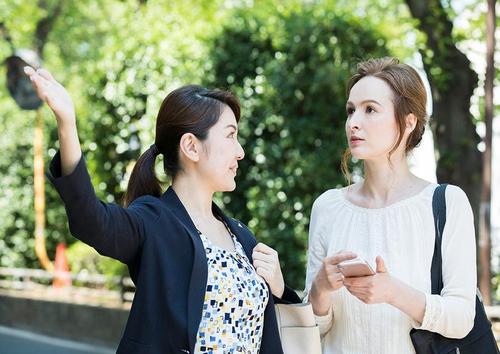 伝WORDS & GRAMMAR
伝WORDS & GRAMMARWhat is easy Japanese?
10/30/2020
-
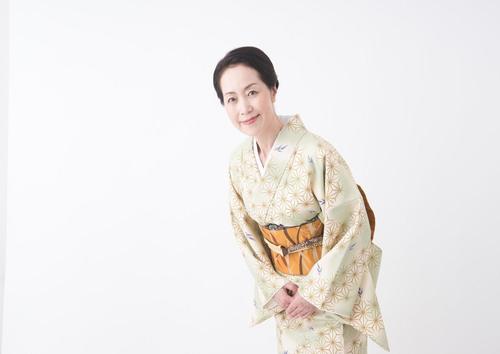 礼MANNERS
礼MANNERSJapanese greeting customs and origins. What are the greetings from other countries?
10/30/2020
-
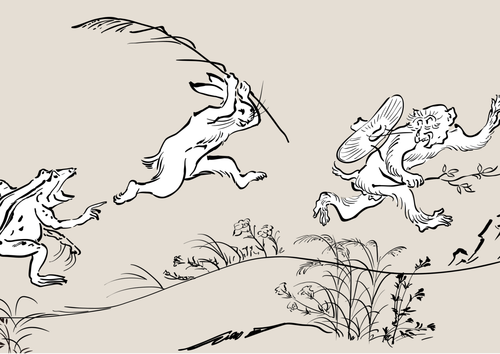 戯COMIC & GAME
戯COMIC & GAMEThe roots of animation and manga? Introducing bird and beast caricatures
10/30/2020
-
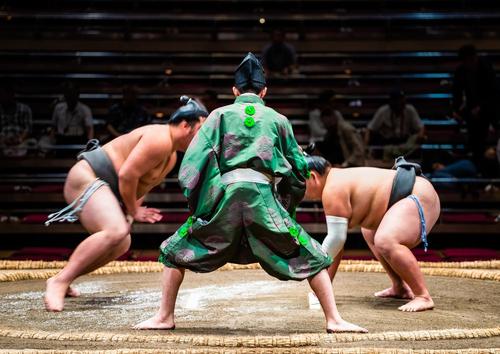 戦SPORTS
戦SPORTSThe history of sumo goes back to the mythical world! ?? Transition from myth to modern times
10/30/2020
LET’S PLAY
KARUTA!
Do you know the meaning of this...
NEXT...
FURTHER EXPLORATION
INTERESTED
IN JAPAN?
WHY DON’T YOU
LEARN JAPANESE WITH US?
START LEARNING
JAPANESE
WITH HUMAN ACADEMY!
ONE OF
THE MOST POPULAR
JAPANESE
LANGUAGE SCHOOLS
JAPANESE
LANGUAGE SCHOOL
OFFERING EXCELLENT
DETAILED LESSONS

ONLINE SCHOOL
- Learn with your classmates from all over the world
- Variety of Courses for All Needs
- FREE Trial Lesson available

TOKYO, OSAKA
- Offer the Best Curriculum for You
- Make New Japanese Learning Friends
- Many Opportunities to Practice Japanese
MAKE FURTHER
STEPS
WITH HUMAN ACADEMY!
ONE OF
THE MOST POPULAR
JAPANESE
LANGUAGE SCHOOLS
JAPANESE
LANGUAGE SCHOOL
PRODUCING MANY
JLPT N1 CERTIFIED
STUDENTS!

ONLINE SCHOOL
- Learn with your classmates from all over the world
- Variety of Courses for All Needs
- FREE Trial Lesson available

TOKYO, OSAKA
- Support Your Higher Goal of Japanese Learning
- Perfect Environment for Japanese Learners
- Learn with Your New Japanese Study Mates



